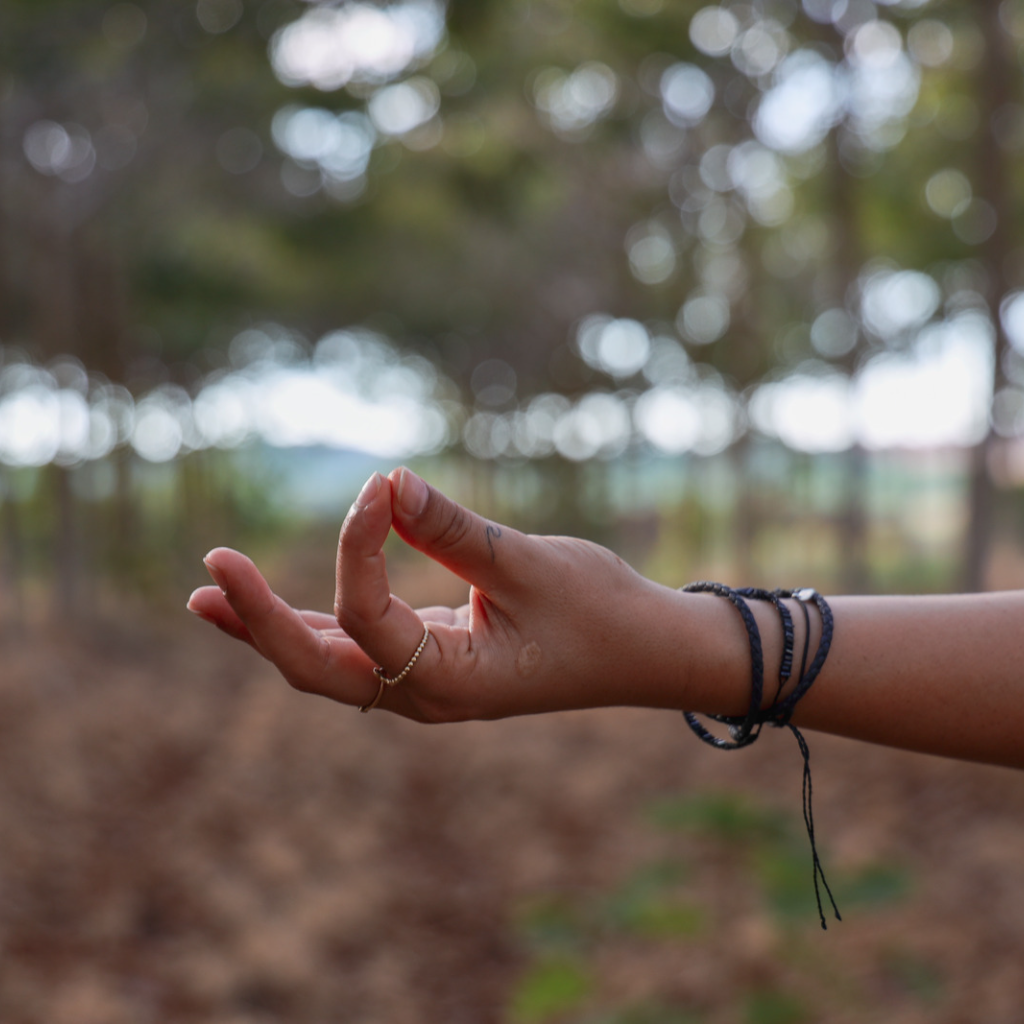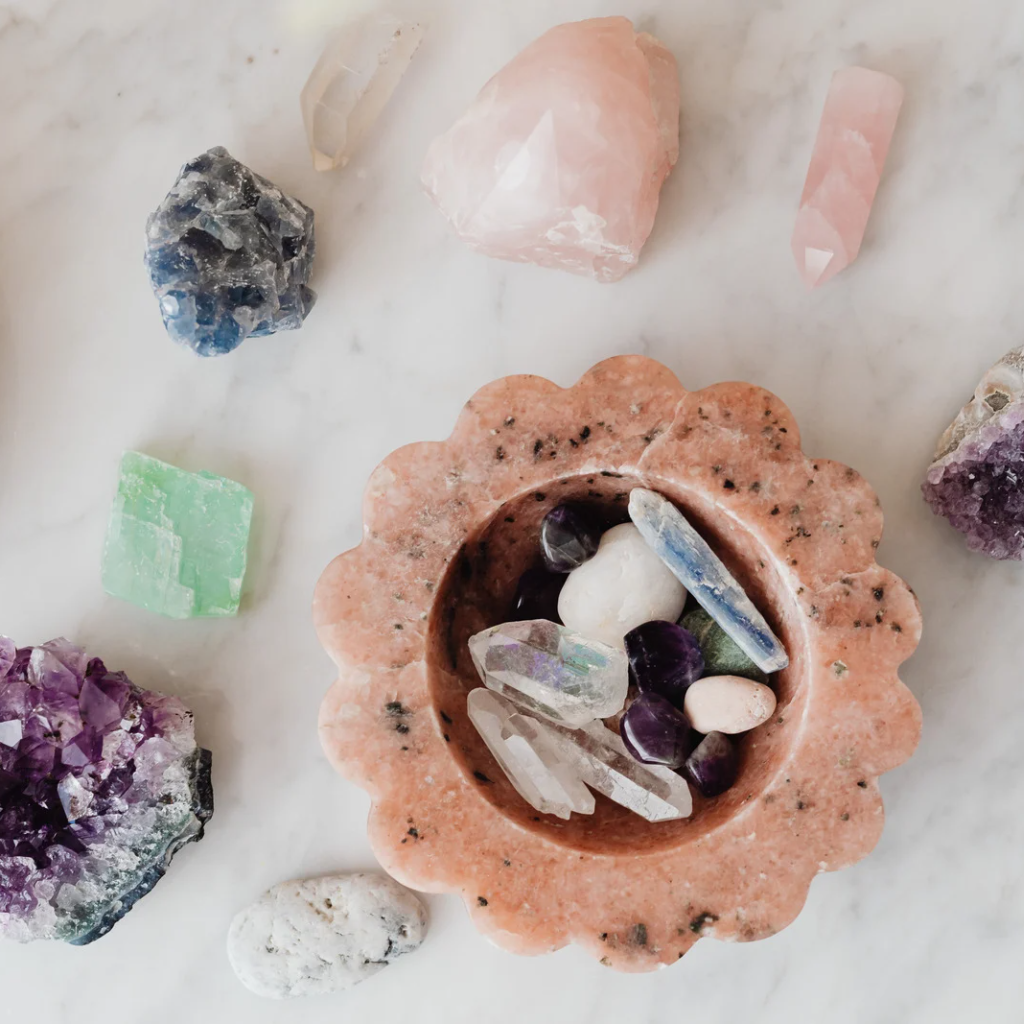8 Tips On How To Use Essential Oils In Yoga
Essential oils have been used for centuries to enhance spiritual practices and promote relaxation. When used during yoga practice, essential oils can deepen your connection to your body and the present moment. In this blog, we will share our tips on how to use essential oils in yoga to elevate your practice and enhance your overall well-being.

1. Choose The Right Essential Oil
The first step in using essential oils in yoga is choosing the right oil. Different oils have different properties and benefits, so it's important to choose one that aligns with your intentions for your practice. Here are some examples:
- Lavender: Calming and soothing, lavender is a great choice for relaxation and stress relief.
- Peppermint: Invigorating and refreshing, peppermint can help increase focus and energy during your practice.
- Frankincense: Elevating and grounding, frankincense can enhance spiritual connection and deepen meditation.
- Eucalyptus: Refreshing and cleansing, eucalyptus can help clear the mind and improve breathing.
These are just a few examples, but there are many other essential oils to choose from. Take some time to research different oils and their benefits to find the one that resonates with you.
2. Dilute Your Essential Oils
Essential oils are highly concentrated plant extracts, which means they can be very potent. To avoid skin irritation or other adverse reactions, it's important to dilute your essential oils before using them on your skin or in your yoga practice. A general rule of thumb is to use a 1-2% dilution, which means adding 1-2 drops of essential oil per 1 teaspoon of carrier oil, such as coconut oil, almond oil, or jojoba oil.
3. Use Essential Oils Before, During, or After Your Practice
There are several ways to use essential oils in yoga, depending on your preference and the intended effect. Here are some options:
- Diffusion: Using an essential oil diffuser, you can fill the air with the aroma of your chosen oil before or during your practice. This can help set the mood and create a calming or energizing atmosphere.
- Topical application: Diluted essential oils can be applied directly to the skin before or after your practice. You can massage the oil into your temples, neck, or other pulse points to help promote relaxation or invigoration.
- Inhalation: You can also inhale the aroma of essential oils directly from the bottle or by adding a few drops to a tissue or cotton ball. This can be a quick and convenient way to reap the benefits of essential oils during your practice.
4. Set An Intention for Your Practice
Before using essential oils in your yoga practice, it can be helpful to set an intention or goal for your practice. This can be as simple as focusing on your breath or as specific as working on a particular pose or aspect of your practice. By setting an intention, you can use essential oils to enhance and support your goals for your practice.
5. Experiment With Blends
While single oils can be powerful on their own, you can also experiment with creating your own blends of essential oils to achieve a desired effect. Some popular blends for yoga practice include:
- Calming blend: Lavender, chamomile, and frankincense
- Energizing blend: Peppermint, lemon, and rosemary
- Grounding blend: Cedarwood, vetiver, and patchouli
- Cleansing blend: Eucalyptus, tea tree, and lemon
By mixing and matching different oils, you can create a unique blend that aligns with your intentions for your practice.
6. Respect Others' Sensitivities
While essential oils can be a powerful tool for enhancing your yoga practice, it's important to be respectful of others' sensitivities to fragrances. Some people may have allergies or sensitivities to certain essential oils, which can cause them to feel uncomfortable or even trigger an allergic reaction. When using essential oils in a group setting, it's important to ask for permission and be mindful of others' sensitivities.
7. Store Your Essential Oils Properly
To ensure that your essential oils remain effective and potent, it's important to store them properly. Essential oils should be stored in a cool, dry place away from direct sunlight and heat sources. They should also be kept in a dark glass bottle to protect them from light and oxidation.
8. Consult With A Professional
If you're new to using essential oils or have specific health concerns, it's a good idea to consult with a professional before incorporating them into your yoga practice. A qualified aromatherapist or holistic health practitioner can help you choose the right oils for your needs and provide guidance on safe and effective use.
Using essential oils in yoga can be a powerful way to deepen your practice and enhance your overall well-being. By choosing the right oil, diluting it properly, and using it before, during, or after your practice, you can create a unique and personalized experience that aligns with your intentions for your practice. By following these tips and being mindful of others' sensitivities, you can safely and effectively incorporate essential oils into your yoga practice for a truly transformative experience.


Leave a comment